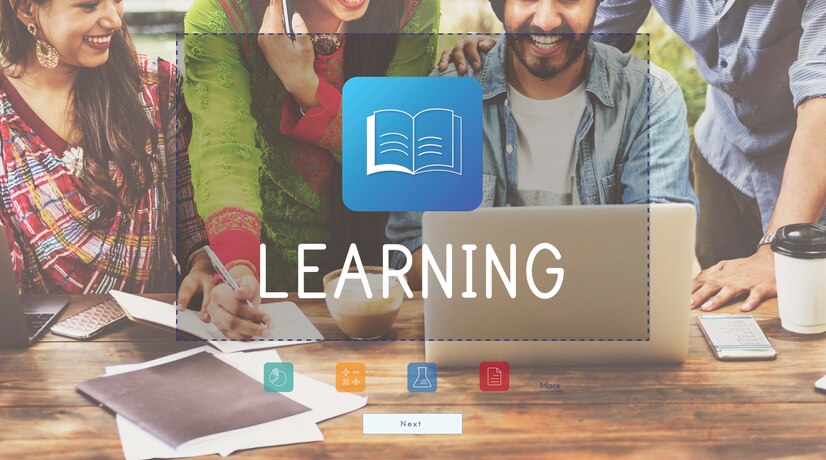Multimedia Magic: Transformative Resources for Teaching, Learning, and Assessment
3 min read
multimedia resources for teaching learning and assessment
Introduction:
In the contemporary educational landscape, multimedia resources have become catalysts for dynamic and immersive learning experiences. As educators strive to engage students in diverse ways, the integration of multimedia elements has emerged as a cornerstone of modern pedagogy. From interactive presentations to virtual simulations, these resources cater to various learning styles and enhance both teaching and assessment. Let’s explore the transformative impact of multimedia resources on the realms of teaching, learning, and assessment.
- Engaging Classroom Presentations: Multimedia presentations, enriched with visuals, animations, and videos, captivate students’ attention and facilitate better understanding of complex concepts. Tools like Microsoft PowerPoint, Google Slides, and Prezi allow educators to create visually compelling presentations that make learning both enjoyable and effective.
- Interactive Whiteboard Applications: Interactive whiteboards, powered by software like SMART Notebook and Promethean ActivInspire, transform traditional classrooms into interactive hubs of learning. Educators can create engaging lessons with interactive elements, fostering student participation and collaboration.
- Educational Videos and Animations: Platforms such as Khan Academy, TED-Ed, and YouTube Educational Channels offer a vast repository of educational videos and animations. These resources provide supplementary explanations, real-world examples, and virtual simulations that bring abstract concepts to life and cater to diverse learning preferences.
- Virtual Labs and Simulations: Science and STEM subjects benefit greatly from virtual labs and simulations. Platforms like PhET Interactive Simulations and Labster offer virtual experiments, allowing students to explore scientific principles in a risk-free digital environment. This hands-on approach enhances comprehension and critical thinking.
- Podcasts for Auditory Learning: Leveraging auditory learning, podcasts serve as valuable resources for students and educators alike. Educational podcasts cover a range of subjects, providing in-depth discussions, interviews, and insights. Podcasts like “Science Vs” and “The History Extra Podcast” offer informative content in an accessible format.
- Gamification for Interactive Learning: Educational games and gamified platforms, such as Kahoot!, Quizizz, and Minecraft: Education Edition, add an element of fun to learning. Gamification promotes healthy competition, boosts student engagement, and provides instant feedback, making the learning process more interactive and enjoyable.
- Digital Storytelling Platforms: Multimedia storytelling enhances creativity and communication skills. Platforms like Adobe Spark and StoryJumper allow students to create digital stories incorporating text, images, and audio. This approach not only fosters creativity but also improves digital literacy.
- Online Assessment Tools: Multimedia resources extend to the realm of assessment. Tools like Socrative and Quizlet enable educators to create multimedia-rich quizzes and assessments. These tools not only gauge students’ understanding but also offer immediate feedback, promoting continuous learning.
Conclusion:
Multimedia resources have revolutionized the landscape of education, offering a rich tapestry of tools for teaching, learning, and assessment. In an era where attention spans are shorter, and the demand for interactive and visually appealing content is higher, multimedia elements provide a solution that transcends traditional teaching methods. As educators continue to embrace these resources, they not only enhance the learning experience but also prepare students for a future where digital literacy is paramount. The integration of multimedia in education is not just a trend; it is a transformative force shaping the way we teach, learn, and assess in the 21st century.






